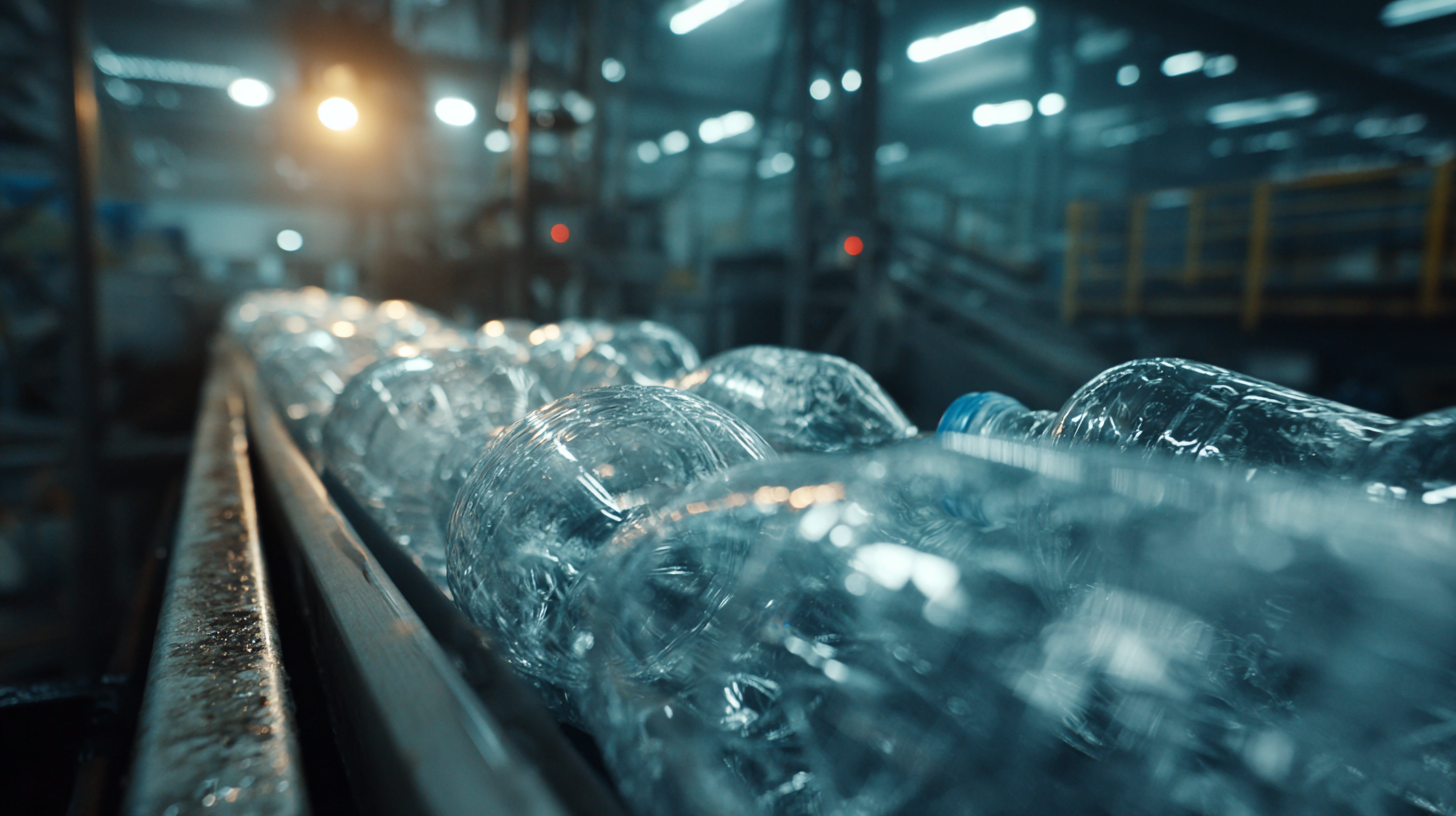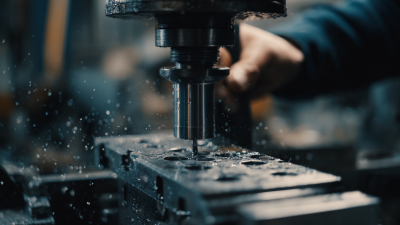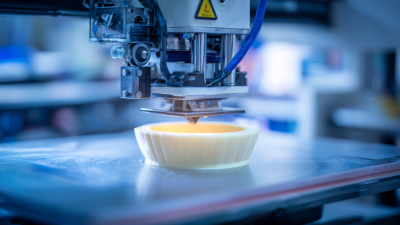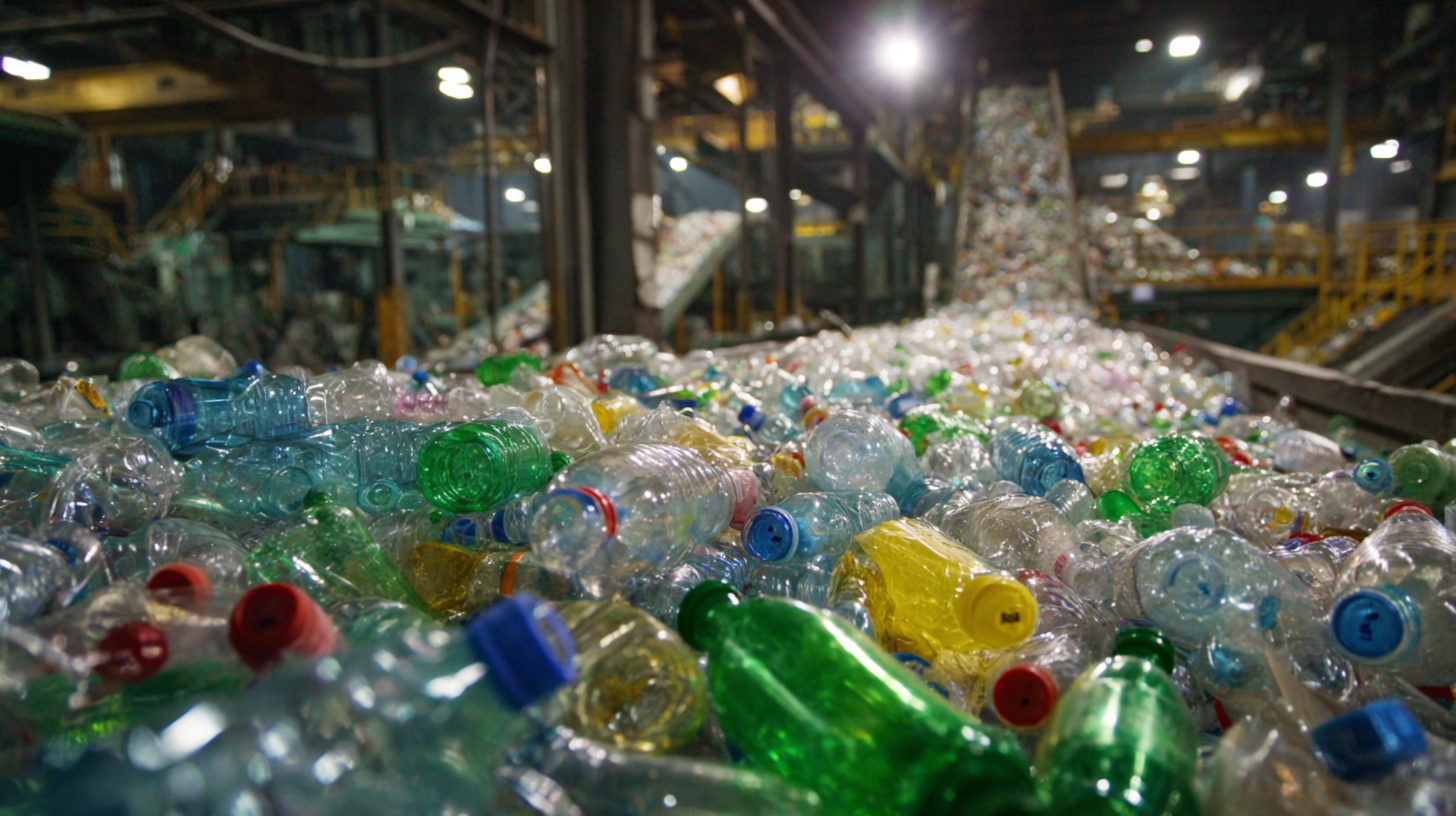 As the plastic industry faces increasing scrutiny over its environmental impact, companies like US Plastic Corp are leading the way in adopting sustainable practices that not only mitigate harm but also enhance operational efficiency. According to a report by the Plastics Industry Association, the U.S. plastic sector is projected to reach a market value of $640 billion by 2025, underscoring the critical role that sustainability initiatives will play in shaping its future.
As the plastic industry faces increasing scrutiny over its environmental impact, companies like US Plastic Corp are leading the way in adopting sustainable practices that not only mitigate harm but also enhance operational efficiency. According to a report by the Plastics Industry Association, the U.S. plastic sector is projected to reach a market value of $640 billion by 2025, underscoring the critical role that sustainability initiatives will play in shaping its future.
US Plastic Corp has implemented innovative recycling processes and invested in biodegradable materials, setting a benchmark for environmental stewardship. By leveraging digital technologies, the company aims to optimize its supply chain and reduce waste, thus representing a crucial step towards a more sustainable plastic industry.
As businesses navigate the complexities of eco-friendly transformations, insights from US Plastic Corp offer valuable lessons in balancing growth with environmental responsibility.
The adoption of sustainable materials in the plastic industry is transforming traditional practices and enhancing environmental responsibility. According to a recent report by the Plastics Industry Association, the U.S. plastic market is projected to reach $490 billion by 2025, encouraging a shift towards bio-based and recycled materials. By integrating sustainable alternatives, companies can significantly reduce their carbon footprint; for instance, using bio-based plastics can lower greenhouse gas emissions by up to 70% compared to conventional plastics. This not only meets consumer demand for eco-friendly products but also helps companies adhere to increasingly stringent regulations aimed at reducing plastic waste.
Moreover, US Plastic Corp's commitment to sustainable materials is setting a benchmark in the industry. Their transition to post-consumer recycled content has enabled them to divert thousands of tons from landfills while simultaneously providing high-quality products. Data from a study by the Ellen MacArthur Foundation indicates that if the global plastic industry shifts to circular economy principles, it could unlock $1 trillion in economic benefits by 2030. As more companies recognize the long-term advantages of adopting sustainable practices, this transformation could lead to significant advancements in market dynamics and environmental stewardship across the entire plastic sector.
Innovative recycling technologies are fundamentally transforming how the plastic industry manages waste, particularly in companies like US Plastic Corp. According to a recent report by the Plastics Industry Association, about 9% of plastic waste was recycled in the United States in 2020, highlighting a critical gap in resource recovery. However, advancements in recycling methods, such as chemical recycling and advanced sorting technologies, are paving the way for greater sustainability by turning previously non-recyclable plastics into valuable raw materials.
For instance, US Plastic Corp has integrated cutting-edge recycling technologies that enable the conversion of waste plastics into high-quality feedstock. A study from the National Association for PET Container Resources indicates that chemical recycling could potentially increase the recyclable rate of plastics to up to 30%, providing a significant boost to resources while reducing landfill dependence. These innovative processes not only minimize the environmental impact but also create a circular economy that emphasizes resource efficiency, demonstrating the importance of adopting sustainable practices within the plastic sector.
| Sustainable Practice | Description | Impact on Waste Reduction (%) | Cost Savings ($) | Recycled Material Reused (%) |
|---|---|---|---|---|
| Advanced Recycling | Using chemical processes to break down plastics into raw materials. | 75 | 1,000,000 | 80 |
| Biodegradable Plastics | Plastics that decompose naturally in the environment. | 60 | 500,000 | 50 |
| Closed-Loop Recycling | Recycling of materials back into similar products. | 85 | 1,500,000 | 90 |
| Upcycling Initiatives | Transforming waste materials into new, higher quality products. | 50 | 350,000 | 40 |
As concerns about environmental sustainability continue to grow, US Plastic Corp has taken significant strides to reduce its carbon footprint through innovative strategies. By optimizing their manufacturing processes, they have managed to minimize energy consumption, leading to a decrease in greenhouse gas emissions. The adoption of renewable energy sources, such as solar power, has further contributed to their efforts, allowing the company to power operations with clean energy and significantly lower their overall carbon emissions.
Tip: Implementing energy-efficient machinery can greatly reduce your operational costs while also benefiting the environment. Regularly auditing energy usage can help identify areas for improvement, leading to more sustainable practices.
In addition to energy efficiency, US Plastic Corp emphasizes the importance of sustainable material sourcing. By utilizing recycled materials and alternatives to traditional plastics, they are not only reducing waste but also decreasing the demand for new plastic production. This shift not only conserves resources but also supports the circular economy, paving the way for a more sustainable future in the plastic industry.
Tip: Consider collaborating with suppliers who prioritize sustainability. Building a network of eco-conscious partners can enhance your sustainability efforts and improve your overall brand image.
This chart illustrates the impact of various sustainable practices in the plastic industry, highlighting the focus areas such as recycled materials, carbon offset initiatives, energy efficiency, and waste reduction programs.
Consumer awareness regarding the environmental impact of plastic products is rapidly increasing, driving a significant shift towards eco-friendly options. According to a recent report by Smithers Pira, the global market for sustainable plastics is projected to reach $25 billion by 2025, reflecting a growing consumer demand for environmentally responsible alternatives. As consumers prioritize sustainability, companies in the plastic industry are adapting by innovating products made from recycled materials and bioplastics, which not only reduce carbon footprints but also align with consumer values.
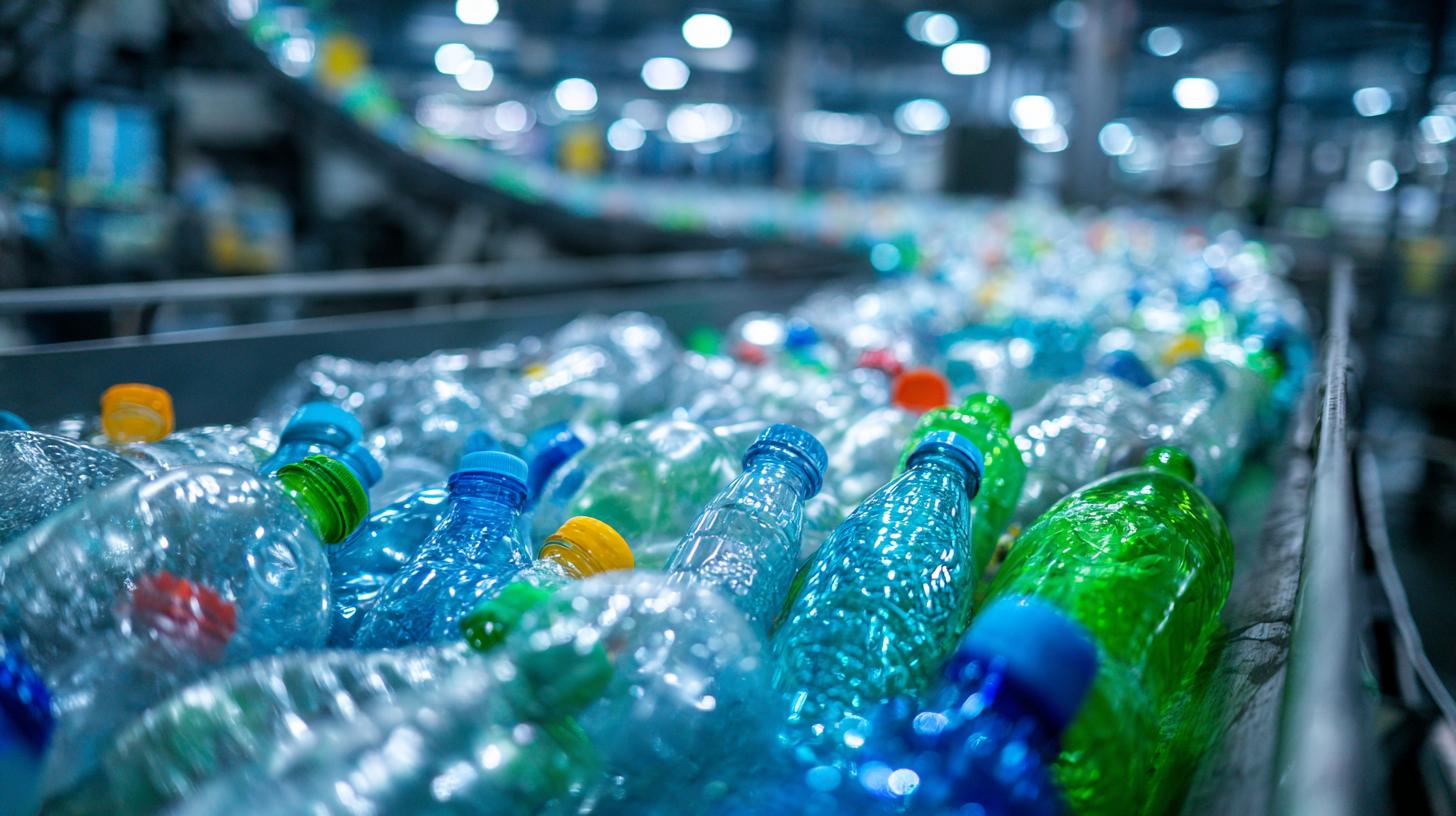 Tips for businesses looking to meet this rising demand include engaging in transparent communication about the sustainability of their products and implementing eco-labeling strategies. This enables consumers to make informed choices and fosters brand loyalty. Additionally, conducting market research to understand specific consumer preferences can aid in tailoring products that not only satisfy environmental concerns but also maintain functionality and quality.
Tips for businesses looking to meet this rising demand include engaging in transparent communication about the sustainability of their products and implementing eco-labeling strategies. This enables consumers to make informed choices and fosters brand loyalty. Additionally, conducting market research to understand specific consumer preferences can aid in tailoring products that not only satisfy environmental concerns but also maintain functionality and quality.
In conclusion, the shift towards eco-friendly products is not just a trend; it is a fundamental change in consumer behavior. Businesses that invest in sustainable practices and actively promote their efforts are more likely to capture the attention of increasingly conscientious consumers. This proactive approach will position them advantageously in a market that values sustainability.
The financial implications of sustainability within the plastic industry are becoming increasingly evident as companies navigate the complex landscape of environmental responsibility and economic viability. Recent studies indicate that consumers are willing to spend more on products that are marketed as environmentally sustainable, signifying a shift towards prioritizing eco-friendly practices. This trend presents a compelling case for the plastic sector to adopt sustainable practices not only as a moral obligation but also as a viable business strategy.
Furthermore, initiatives such as Extended Producer Responsibility (EPR) are gaining traction, emphasizing the need for manufacturers to take accountability for the lifecycle of their products. By implementing EPR policies, companies can potentially unlock significant economic benefits while contributing to the reduction of plastic waste and pollution. As the financial community increasingly aligns with the goals of a circular economy, investing in sustainable practices may represent not just an ethical choice, but a significant cost-saving measure in the long run.
